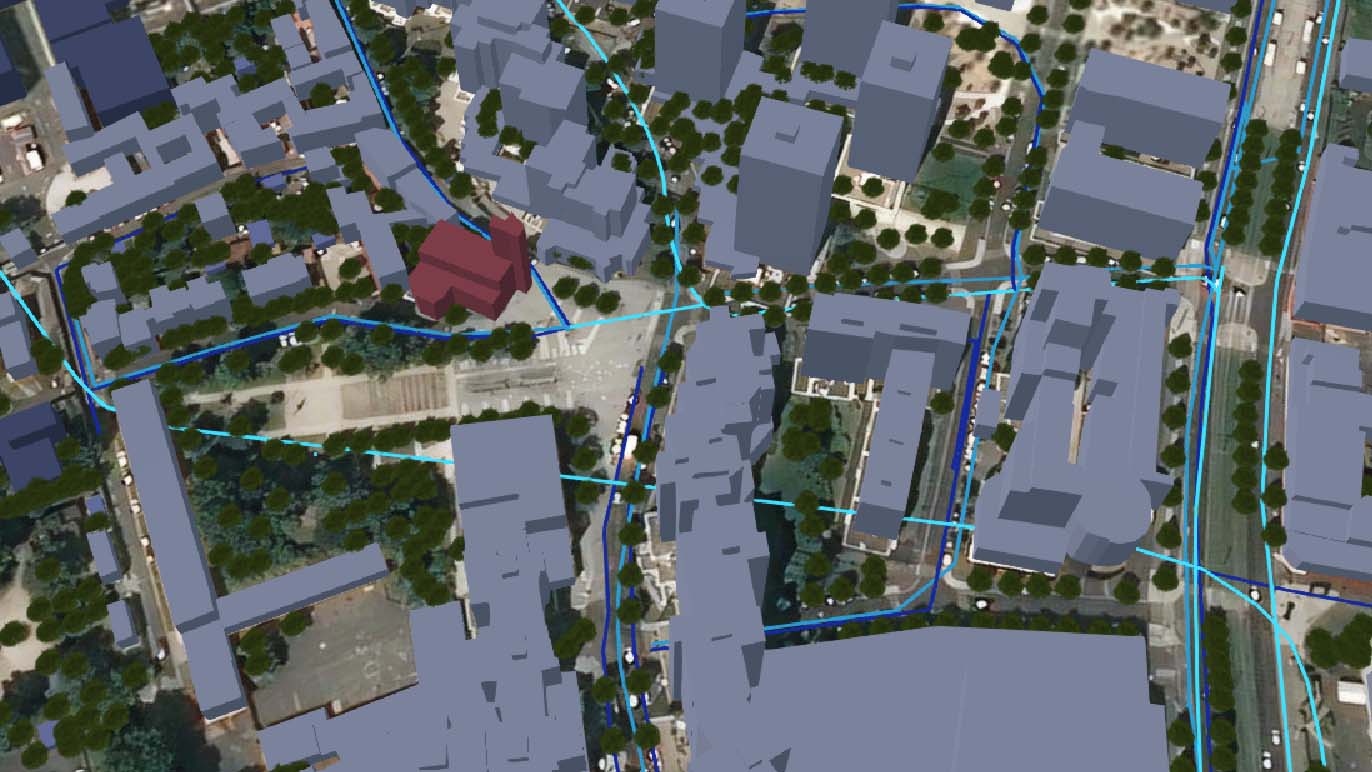With on-going environmental, digital and social transitions, cities are facing more and more diverse challenges which impact all businesses and stakeholders. Along with these transitions come new risks and the rising need to have a transversal, cross-domain vision of a territory with embedded resliency strategies to better plan its transformation.
Thus, having comprehensive solutions, relying on public/private collaboration, leveraging the latest technologies and allowing infrastructure optimization is mandatory to allow better anticipation, prevention and management of these risks.
So, what can cities do to successfully anticipate, prevent, react to and rebound from these risks?
Isn’t now time to define disruptive resiliency initiatives and implement comprehensive tools to make cities more resilient and enable every citizen to live well, safely and connected?
In our new whitepaper entitled “Understanding Resiliency : What It Means to be a Resilient City and Tools to Support“, written in collaboration with ENGIE, we give you the keys to a better understanding of the necessity for resiliency strategies, the challenges of implementing resiliency and digital tools to support cities and territories to build more resilient, sustainable and safe places to live.

